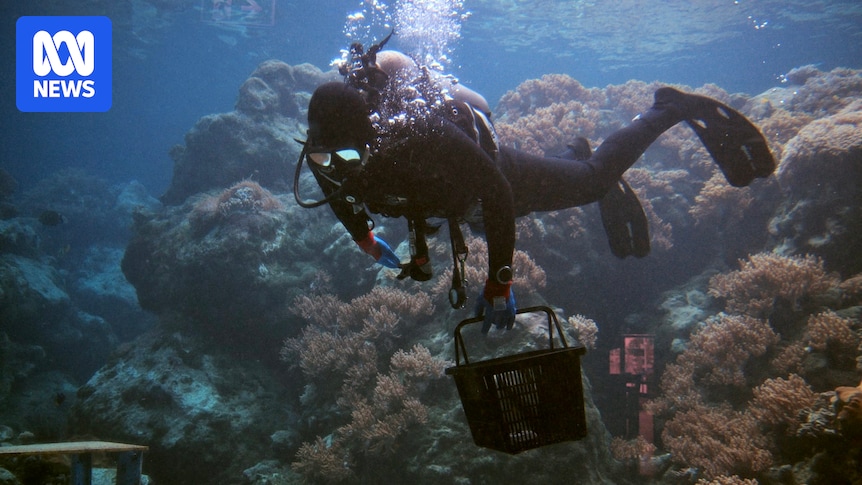Scientists relocate a precious collection of coral and fish to a temporary home while a new Queensland aquarium is built.
Why it matters
- The relocation of coral and fish is crucial for preserving biodiversity in the Great Barrier Reef, which faces numerous environmental threats.
- This initiative highlights the commitment of scientists and conservationists to protect fragile marine ecosystems during construction projects.
- The new aquarium is expected to enhance educational opportunities and public awareness about marine conservation.
In a significant move for marine conservation, scientists in Queensland have undertaken the delicate task of relocating a valuable collection of coral and fish from the Great Barrier Reef to a temporary facility. This effort comes as preparations advance for the construction of a new aquarium in Townsville, designed to educate the public and foster greater appreciation for the region's unique marine biodiversity.
The team of marine biologists and conservationists has worked meticulously to ensure that the transition is as smooth as possible for the aquatic life being moved. The relocation process involves carefully extracting coral and fish from their natural habitats and transporting them to a temporary home where they will be housed during the construction phase of the new facility. This action is not just a logistical challenge but also a critical step in safeguarding these species from the potential disruptions associated with the construction process.
The new aquarium, known as ReefHQ, is set to replace the existing facility and aims to provide a state-of-the-art environment for marine life. The project is backed by both public and private funding, reflecting a broader commitment to marine conservation in the face of ongoing threats such as climate change, pollution, and habitat degradation. As scientists relocate these organisms, they are not only preserving the existing species but also contributing to the broader efforts to restore and enhance the resilience of the Great Barrier Reef ecosystem.
The relocation process involves several key considerations. First, scientists assess the health and suitability of the coral and fish for relocation. This includes evaluating their current conditions and ensuring that they can thrive in a temporary environment. The team has developed protocols to minimize stress on the marine life during transport, which is essential for their survival and well-being.
Once transported to the temporary home, the coral and fish will be monitored closely to ensure they adapt well to their new surroundings. This includes maintaining optimal water quality, temperature, and light conditions that mimic their natural habitat as closely as possible. The scientists aim to create a stable and comfortable environment that supports the ongoing health of the relocated species.
The initiative is part of a larger strategy to engage the community in marine conservation efforts. The new aquarium is expected to serve as a hub for educational programs, research, and public outreach, helping to raise awareness about the importance of preserving the Great Barrier Reef and its diverse marine life. Visitors will have the opportunity to learn about the vital role that coral reefs play in the ecosystem and the challenges they face.
As construction of the new aquarium progresses, the relocation project serves as a reminder of the delicate balance between development and conservation. It emphasizes the need for careful planning and consideration of environmental impacts when embarking on any construction project, especially in ecologically sensitive areas like the Great Barrier Reef.
The scientists involved in this project are optimistic about the future of the relocated coral and fish. They believe that with proper care and attention, these species can thrive in their new temporary home and eventually return to the Great Barrier Reef once construction is complete. This project not only reflects a commitment to marine conservation but also highlights the importance of ongoing research and collaboration among scientists, conservationists, and the community.
In conclusion, the relocation of coral and fish in Queensland is a significant step towards protecting marine biodiversity and ensuring the long-term health of the Great Barrier Reef. The new aquarium will play a crucial role in fostering public engagement and education around marine conservation, ultimately supporting efforts to safeguard this invaluable natural resource for future generations.











